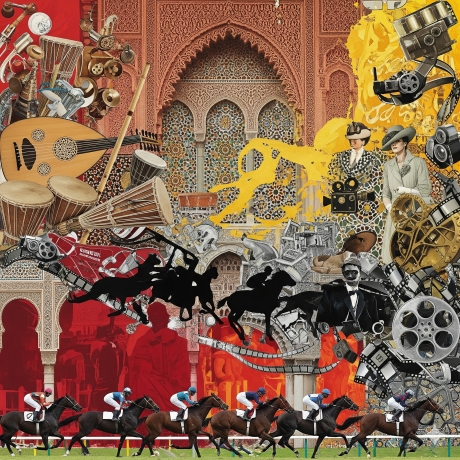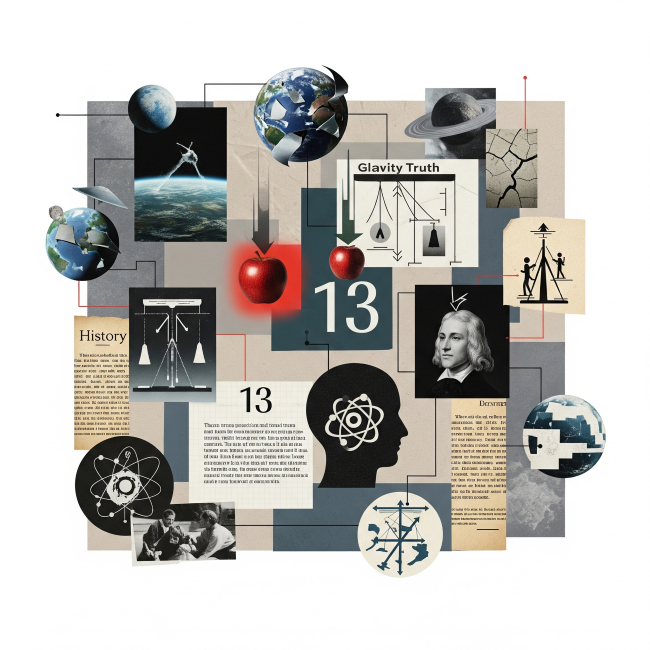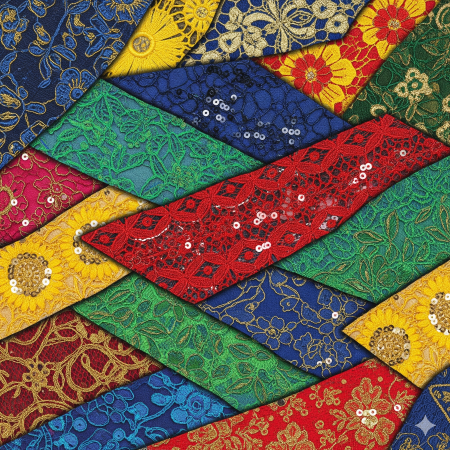The Invention of Inferiority: How Pseudoscience Affects Africans

In the long history of modern science, some of the darkest moments came when knowledge was twisted into instruments of domination. Few places bore the brunt of these distortions more than Africa, where entire populations were placed under the scrutiny of pseudoscience that claimed to measure, diagnose, and rank their humanity. Three of the most striking examples: the fabricated illness of drapetomania, the stubborn myth of reduced pain sensitivity, and the colonial misuse of IQ testing, reveal how some medical and psychological theories were less about truth than about power.
Together, they remind us that science is not immune to ideology, and that the methods we use to measure human capacity often reflect more about the societies that invent them than about the people they supposedly describe.
The Madness of Freedom
In 1851, Samuel A. Cartwright, a physician in the American South, coined the term drapetomania to describe the supposed mental illness that caused enslaved Africans to flee captivity. According to Cartwright, the act of escape—an expression of autonomy and humanity, was not a rational decision but a pathological disorder. He even proposed “treatments” such as whipping or enforced submission, reframing resistance as a symptom rather than a political act.
Cartwright also offered another diagnosis, dysaesthesia aethiopica, which he said explained the “laziness” and “carelessness” of enslaved workers. Here again, what was in reality exhaustion under brutal labor conditions or refusal to comply with inhumane treatment was reframed as medical deficiency.
What makes these so-called diseases important is not just their absurdity, but the way they formalized oppression in the language of medicine. Drapetomania was not fringe—it was published in a respected medical journal and taught as a legitimate condition. It turned cruelty into clinical objectivity and sought to protect the institution of slavery by transforming resistance into illness.
The Myth of Thick Skin
Image Credit: Unsplash
If drapetomania stripped Africans of agency, another medical fiction stripped them of feeling. For centuries, physicians and laypeople alike perpetuated the belief that Black people had thicker skin, fewer nerve endings, or diminished pain perception. These myths justified routine violence on plantations, in colonial labor systems, and later in clinical settings where pain relief was withheld.
Even in the twenty-first century, studies have found that medical trainees often believe, falsely, that Black patients feel less pain or that their skin is less sensitive. These assumptions translate into measurable disparities: Black patients are systematically undertreated for pain in emergency rooms, surgical wards, and obstetrics. Women in labor, in particular, report not being believed when they describe severe pain.
The endurance of this myth demonstrates how powerful cultural scripts can be when they are reinforced by institutions. Unlike drapetomania, this is not just an artifact of the nineteenth century—it is a living bias with tangible effects on health outcomes.
At its root lies the same refusal to acknowledge African bodies as fully human, to grant them the same threshold of suffering, and therefore the same entitlement to compassion and care.
That such beliefs persist despite abundant medical evidence shows how racism operates not only in what science gets wrong, but in how slowly it corrects itself. Here, too, what masqueraded as objective observation was in fact an ideology, shaping who was deemed worthy of relief and who was expected to endure.
Measuring Minds, Misreading Worlds
Image Credit: Maze Engineers
If drapetomania medicalized rebellion and the myth of thick skin medicalized endurance, colonial IQ testing medicalized intelligence itself. From the early twentieth century onward, psychologists sought to measure the intellectual capacities of colonized peoples. In Africa, these experiments were designed not only to gather data but to justify hierarchies.
Tests like the Porteus Maze or early paper-and-pencil IQ instruments were applied wholesale in African colonies, often without translation, cultural adaptation, or consideration of local environments. When African children scored lower than European counterparts, the results were presented as evidence of inherent racial inferiority.
But what did these tests actually measure? Far from innate ability, they often captured access to formal schooling, familiarity with European objects, and exposure to test-taking as a practice.
A child who grew up solving problems in oral storytelling or tactile craft might not recognize the logic of abstract mazes drawn on paper. A person who never held a pencil before might perform slowly on a timed written test.
In effect, the tests measured deprivation and cultural difference, then rebranded them as innate deficiency. The conclusion that Africans had “lower IQs” was a false one.
Today, critics of IQ testing note that even modern versions are shaped by language and environment. A child raised in a resource-rich environment with exposure to books, toys, and varied vocabulary will score differently from one raised in scarcity, even if their underlying capacities are similar.
The “objects” of one child’s world—blocks, puzzles, printed words, are coded into the structure of the test.
This is not an argument against measuring intelligence altogether, but a reminder that intelligence is not a fixed, context-free property. When tests ignore environment and upbringing, they do not measure minds, they measure differences.
Science as A Mirror
In each case, the “findings” told us less about Africans than about the anxieties of the societies studying them. Drapetomania reflected a society desperate to rationalize slavery; pain myths reflected a society unwilling to grant empathy; IQ testing reflected a society determined to enshrine superiority.
The critical lesson is that methodologies matter. A test that ignores cultural context will reproduce inequality. A diagnosis rooted in ideology will naturalize oppression. A belief allowed to persist despite evidence will shape medical practice for generations.
In the twenty-first century, as debates continue about standardized testing, health disparities, and the role of culture in science, these histories warn us against assuming neutrality. Science is powerful not because it is immune to bias, but because it can be used to legitimate bias under the guise of truth.
Conclusion: Beyond Measurement
If we are to move beyond these legacies, we must learn to ask different questions. Not “How do Africans compare to Europeans on our scales?” but “What are the diverse ways humans express intelligence, resilience, and agency in their environments?”
You may also like...
Arsenal Legend Thierry Henry to Receive Prestigious BBC Lifetime Achievement Award

Former Arsenal and France football legend Thierry Henry will be honored with the Lifetime Achievement award at the 2025 ...
Maresca's Emotional Rollercoaster: Chelsea Boss Claims 'Happy' After 'Worst 48 Hours'

Chelsea boss Enzo Maresca has clarified his previous 'worst 48 hours' comments, now expressing happiness and a deeper co...
Fallout Season 2 Shatters Records, Outperforming HBO's Last of Us!

Fallout Season 2 has premiered on Prime Video to overwhelmingly positive critical and audience reception, scoring a near...
Winter Is Back! Kit Harington Hints at Massive Game of Thrones Comeback

Kit Harington has definitively shut down any possibility of reprising his role as Jon Snow, stating he doesn't want to g...
Love Blossoms: Anwuli & Kennedy's Instagram Romance Leads to #HappilyEverOffor!

Anwuli and Kennedy's love story, sparked by an Instagram connection, led to a beautiful Igbo traditional wedding. After ...
Teyana Taylor & Lucien Laviscount Light Up the 'Spirit Tunnel' with Epic Dance Moves!

The Jennifer Hudson Show features high-energy 'Spirit Tunnel' entrances, with Lucien Laviscount making a stylish walk an...
Kenya's Billion-Shilling Travel Bill: Austerity Pledge Broken?

The Kenyan government spent nearly Sh5 billion on travel in the first three months of FY 2025/26, raising concerns about...
Shehu Sani Urges Nigerians: Shun US Travel Ban, Build Nation

The United States has enacted new travel restrictions impacting Nigerian nationals, covering both immigrant and several ...






